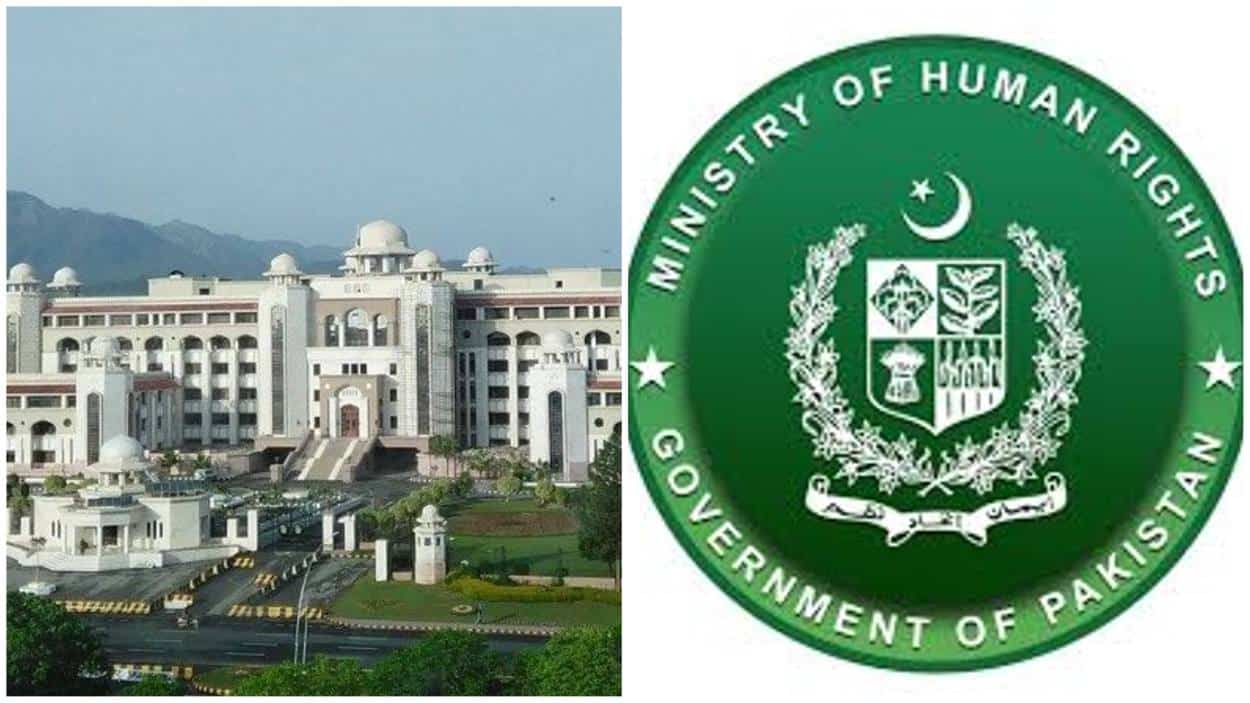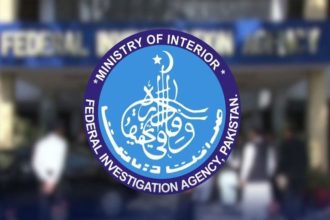The State Bank of Pakistan (SBP) reported unprecedented profits, fueled by record-high interest rates and substantial petroleum levy revenue. This fiscal achievement transformed longstanding budget deficits into a surplus for the first time in over two decades.
The Ministry of Finance released a Fiscal Operations report for the first quarter (July-September) of the fiscal year, revealing that the central bank accrued a record surplus profit of Rs2.5 trillion, primarily due to the highest-ever policy rate of 22 per cent.
Additionally, the petroleum levy contributed significantly, generating Rs262 billion, an increase of 18% from the previous year. As a result, the national fiscal balance showed a surplus of Rs1.696 trillion, or 1.4% of GDP, a marked improvement from the 0.9% deficit recorded during the same period last year. This marks a break from a 24-year sequence of fiscal deficits.
Moreover, the country’s primary surplus reached a historic high of more than Rs3 trillion, or 2.4% of GDP, nearly double the full-year target. The previous year saw a primary surplus of Rs400 billion, or 0.4% of GDP, and a budget deficit of approximately Rs. 980 billion.
This fiscal outcome mitigates, at least temporarily, the need for further revenue measures or a supplementary budget to address a Rs85 billion shortfall in the tax revenue target agreed with the International Monetary Fund (IMF) for the quarter.
During this period, non-tax revenues significantly outpaced tax revenues, surging over 550% to Rs3.05 trillion. Tax revenues also rose by 25% to Rs2.77 trillion. Consequently, total revenues nearly doubled to Rs5.83 trillion, significantly boosting the revenue-to-GDP ratio to 4.7% from 2.5% the previous year.
Read: SBP to Announce New Monetary Policy on November 24, 2024
Expenditures increased by about 13% to Rs4.13 trillion, with current expenses rising by 11%. Defence spending saw a notable increase of 20%. However, the total interest payments decreased by 5% due to the lower policy rate. Questions arose regarding the government’s accounting credibility due to a nearly 50% increase in statistical discrepancies.
However, the federal development program faced setbacks, evidenced by a 45% reduction in the Public Sector Development Programme to just Rs22.7 billion.
Externally, net financing was negative Rs157 billion, contrasting with the additional financing of Rs442 billion the previous year. Domestic bank borrowing also decreased, registering a negative Rs1.87 trillion.
Collectively, the four provinces provided a surplus of Rs160 billion, a substantial increase from Rs51.4 billion last year. However, Punjab’s provincial government overspent, resulting in a fiscal deficit and preventing a larger provincial surplus.
In summary, while total revenues as a percentage of GDP rose, expenditures as a percentage of GDP slightly decreased, reflecting a more disciplined fiscal management approach.






